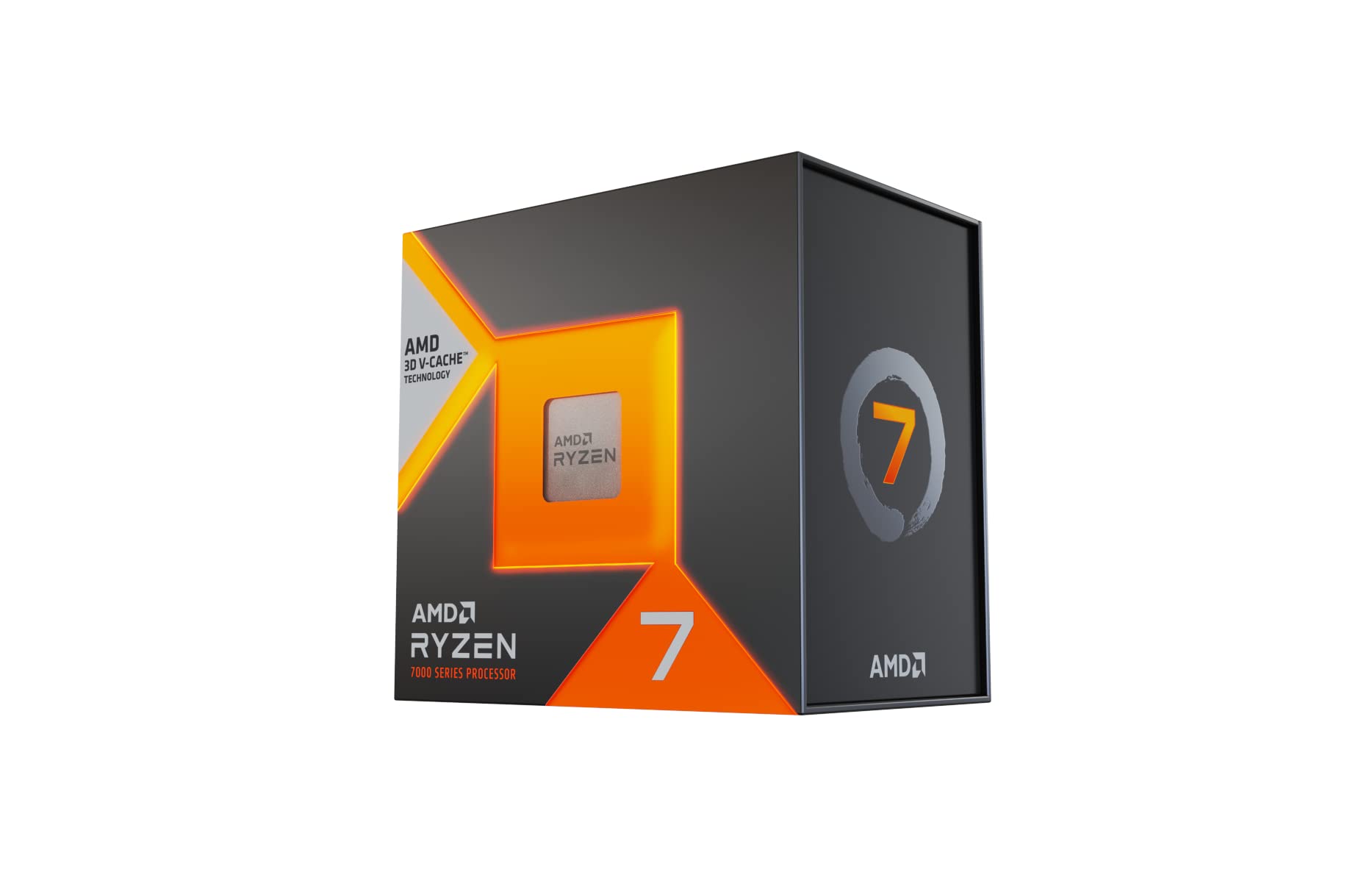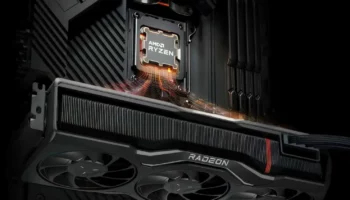AMD’s Ryzen 8000 CPUs may run hotter than contemporary Ryzen parts, potentially increasing the thermal limit from 95C to 100C. The Ryzen 7000 processors are already the toastiest Zen chips, causing panic among buyers at launch. The AM5 platform has a Thermal Design Power (TDP) of 170W, up from 105W on AM4. However, as reported earlier, this is “by design” and shouldn’t be a cause of concern as long as you have a decent cooling solution.

Speaking to Quasarzone, David McAfee (AMD’s Corporate VP and GM for Client Business) explained that as process nodes get denser, chipmakers must ensure the “stability and quality” of their processors.
Q. One of the criticisms regarding AMD desktop products is CPU temperature. The CPU power consumption is clearly lower than that of competitors, but the temperature is higher. Will these temperature issues be resolved in the future? Wouldn’t it be possible to induce heat dissipation by attaching a dummy die next to the CCD die?
A. We are working closely with TSMC to put a lot of effort into process technology. At the same time, we must be able to guarantee the quality and stability of semiconductors. As more advanced processes are used in the future, we believe that the current phenomenon of high heat density will be maintained or further intensified. Therefore, it will be important to find a way to effectively eliminate the high heat density generated by such high-density chiplets in the future.
Also, if you look at the TDP 65 W product, it has excellent overall performance. Through these product examples, I believe that this is an important factor to consider when planning a future roadmap to ensure a good balance between TDP and heat generation.
David McAfee (AMD Corporate VP and General Manager, Client Channel Business at AMD) via Quasarzone
Intel Emerald Rapids-SP Spotted: 64 Cores, 448MB of Cache, and Peak TDP of 922W
McAfee believes that the current phenomenon of “high heat density” will continue to persist or even intensify. Therefore, you can expect the Ryzen 8000 chips to run just as hot if not hotter. One can assume that the thermal limit of the next-gen Ryzen lineup may get raised from 95C to 100C, the same as rival Intel CPUs. Ergo, finding ways to dissipate the excess heat generated by high-end SoCs, most notably ones with a chiplet or 3D stacked (or both) design, is of the utmost priority.
He concluded by saying that most Ryzen (non-X) CPUs have a very efficient 65W TDP. These chips offer 85-90% of the performance while maintaining a peak power consumption of less than 100W. The same can be achieved on the X-series parts by enabling Eco-Mode at the cost of a mild performance regression.
The Ryzen 8000 processors, leveraging the Zen 5 core architecture, are expected to be fabbed on the N4 “TSMC 4nm” node. The transistor density and power consumption are, therefore, expected to remain unchanged. However, the final PPT and heat production will depend on how far AMD decides to push the clocks. With Intel’s 14th Gen family being a factory overclock of 13th Gen, we can certainly expect it.
Alan Wake 2 Optimal Settings for All Graphics Cards: Radeon and GeForce GTX/RTX
Source: Quasarzone.





